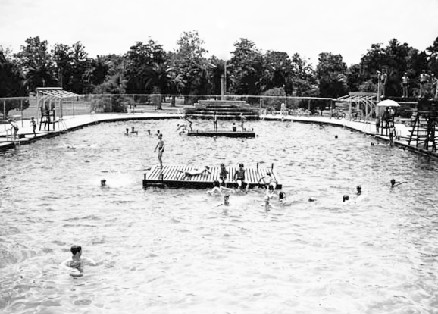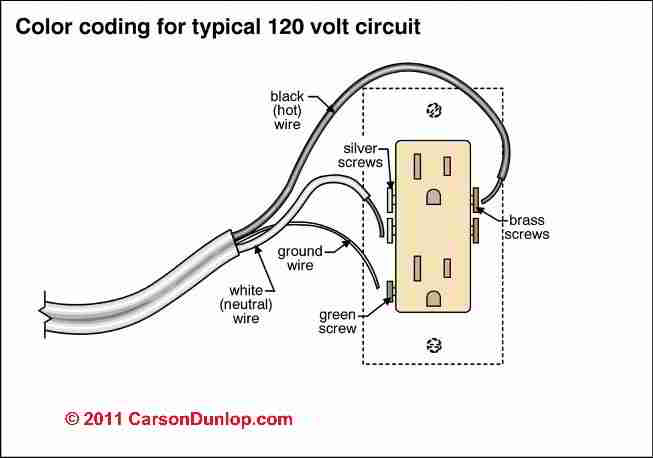I hope they don't attack a kid (which hasn't happened, but people are scared of it), in the same way that I hope a car doesn't run over a kid (which happens regularly, but driving is so convenient), or that someone isn't booted from their house in favor of a more financially stable resident (which I'm sure can be connected to all of this but its too early in the morning and you don't wanna read me rant).
Coyotes are invasive, and so is the human. Coyotes have a mechanism for handling excessive population density: fighting intruder coyotes, potentially to the death. Rumor has it that many coyotes were actually unsuccessfully brought to NO, to solve the invasive nutria problem, who were introduced in 1930's from S America for fur farming industry. But thats another story. At what point do we concede that people have changed the environment so much that many "invasive" species are actually "mismanaged" due to our own invasiveness, overdevelopment, and general messing with everything for our own benefit without expectation of repurcussions?? Our population is tipping the environmental seesaw down into the mud til it aint a fun game anymore and on the other end we are rocketing any non-human entities into space because its OUR game and THEY don't get to help choose the rules.
Thinking of situations in which animal (or plant, etc) populations have been accounted for as human populations expand. Like, wildlife crossing bridges, or even less after-the-fact*. What examples do you have, where human infrastructure and development has made ways for coexistence with the untamed world?
 |
| wildlife crossing at Banff Nat'l Park, Alberta, Canada (via Twisted Sifter link below) |
Amazing Animal Bridges Around the World, via Twisted Sifter
A History of Urban Coyote Problems, by Robert M Timm + Rex O Baker
*due to nature's resilience, achieved over millions of years, the repercussions of human actions often go without visibility for a long time (as viewed by such short-lived creatures as humans). This means that the initial (often forseeable yet ignored) harm on the environment is sometimes passed on to unsuspecting populations in the future, or simply acknowledged in some way later on (such as creating landbridges over existing highways). Any stats on how often wildlife bridges are constructed at the same time as the highways they try to mitigate?






